2018 marks a century since the founder of Nikka Whisky, Masataka Taketsuru, set out on a journey that would alter the history of Japanese whisky. Based primarily on his serialized autobiography originally published in Nikkei in 1968, in Part One of this series we covered his childhood and career beginnings. In Part Two below we follow him through California, New York, England, and finally his arrival in Scotland.
California Wine Days
Taketsuru made his way to the UK via the United States, where his port of entry was San Francisco. While the Bay Area has changed drastically since 1918, it’s hard to compare to what Taketsuru encountered on his first trip outside of Japan. But his memoirs seem more focused on, well, money: This wasn’t simply a leisurely shopping trip though. Taketsuru was traveling on business. In fact the entire reason for his stopover in America is that his middle school buddy Seigo Takai invited him. Taketsuru writes, “he said, ‘I heard you’re headed to England, how about coming through America to see this winery in Sacramento? I know the owner, we can ask him anything.'” Taketsuru’s boss from Settsu Shuzo, Abe-san, agreed it would be a good idea to see the operation.
This wasn’t simply a leisurely shopping trip though. Taketsuru was traveling on business. In fact the entire reason for his stopover in America is that his middle school buddy Seigo Takai invited him. Taketsuru writes, “he said, ‘I heard you’re headed to England, how about coming through America to see this winery in Sacramento? I know the owner, we can ask him anything.'” Taketsuru’s boss from Settsu Shuzo, Abe-san, agreed it would be a good idea to see the operation.
The trip via Takai’s car took them through California’s wine country, including Fresno and Stockton. Their ultimate destination was the California Winery company’s facilities, which were at the time operated by Bank of America company president A.P. Giannini.
While he did start taking English lessons at night during his time in California, Taketsuru was absolutely not impressed with the big, fast, Industrial-Age American approach to making booze. He even takes a jab at the entire American people:
It was Suntory that bought Jim Beam, not Nikka! Prohibition started in 1920, so Taketsuru got out at the right time.
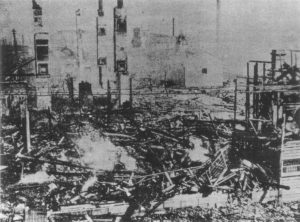
Off to New York
Japan experienced its first rice riots in 1918. Taketsuru learned of this in a fairly grim fashion: the eldest son of Suzuki Shoten (aftermath pictured left) happened to be on the same train as him traveling from Sacramento to New York. The telegram the son received simply read “come home.”
Upon arrival in New York, Taketsuru immediately applied for passage to England. However, this was an especially treacherous time to try and cross the Atlantic to get to Europe. The government was just too tied up with other WW1-related matters, leaving Taketsuru in administrative limbo.
“The owner of my lodge told me to send a telegram, complaining to President Wilson,” Taketsuru writes. “I asked, is that even possible? Just try it, he said.”
Taketsuru wrote to President Wilson asking why they haven’t checked his passport, saying he’s stuck and unable to go to England. The very next day, he received a transit visa and had his transport arranged.
New York to Liverpool
That transport was a vessel called the Ordona, and half of the passengers were soldiers. While there were emergency drills regularly held in case of a German U-boat attack, it wasn’t until the night before arrival in Liverpool that anything eventful happened. It seems that prior to arrival in port, both the Ordona and a freighter named Conakry were doing zig-zag maneuvers to avoid U-boats. Late during that night, while penning a letter to his mother, there was a loud bang and he was thrown from one side of his room to the other. Life jacket in hand, he ran up to deck, and he found…
There was no U-boat. Instead the Ordona ended up colliding with the Conakry while doing those maneuvers. The accident ended up sinking the Conakry, leaving a sole survivor, who was miraculously thrown off the Conakry’s deck and onto that of the Ordona.
Happy to still be alive and finally arrived in Liverpool, Taketsuru quickly found that both his listening and speaking were a better fit in England. But he didn’t have any concrete plans. “All I knew when I left Japan is that I wanted to get into either Edinburgh or Glasgow universities,” he remembers.
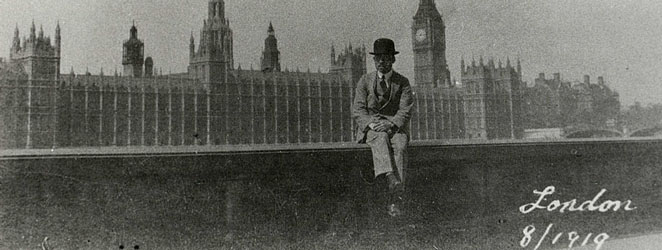
He set out for Edinburgh, but quickly realized this was the wrong choice. While the University of Edinburgh is one of the oldest universities in the English-speaking world–founded in 1582–at the time they didn’t have much of a science program. So nothing that would be appropriate for the study of whisky. Off to Glasgow he went.
Arrival in Glasgow
If Edinburgh was like Kyoto, Glasgow was like Kobe. That is to say, a more industrial shipbuilding town with a proper harbor. Taketsuru’s application to enter the university was soon approved, as a foreign auditor. While the classes were repeating many of the same subjects he had already learned in Japan, they were in English. Perhaps more importantly was another gem: a university library with plenty of books dedicated to whisky.
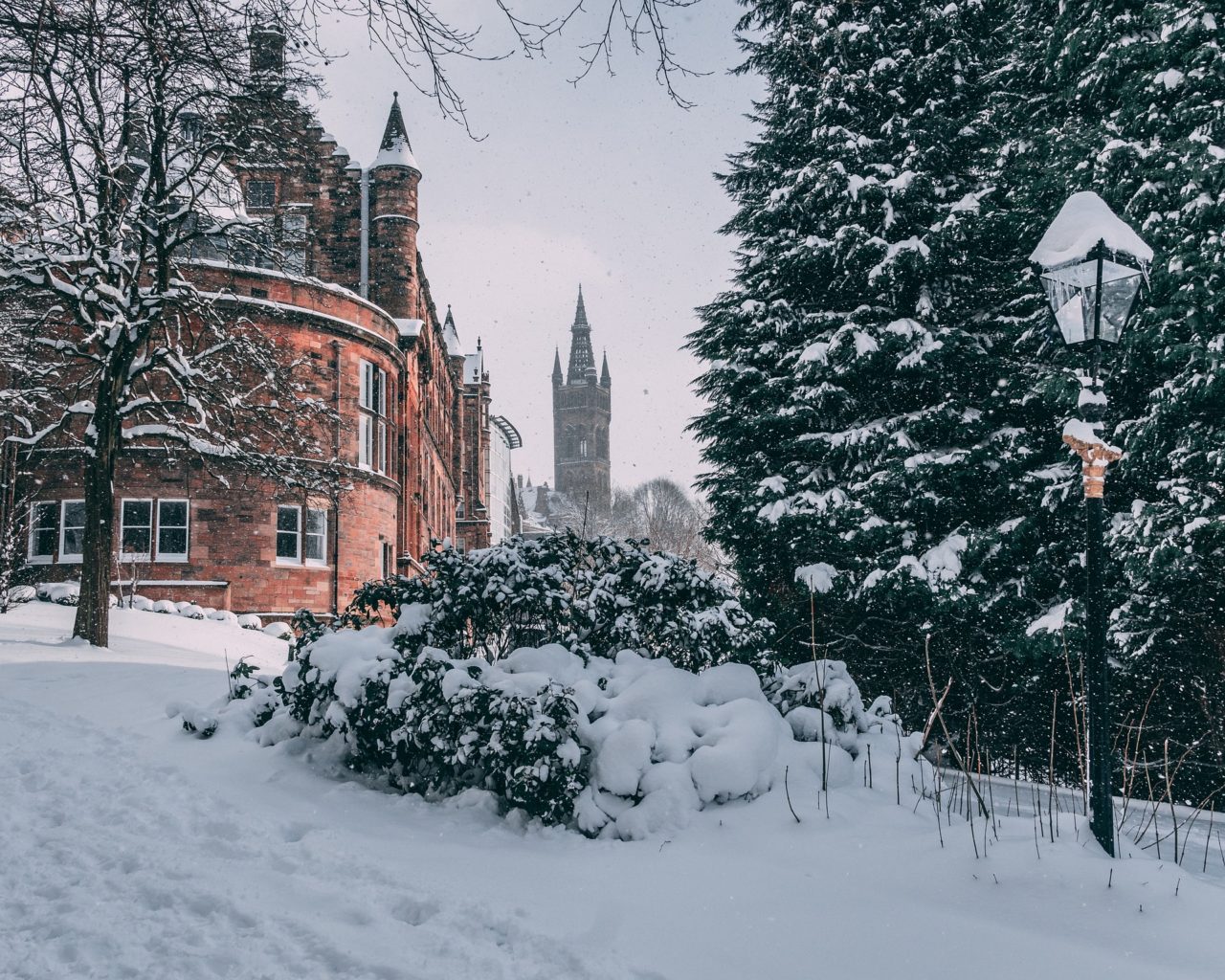
Despite being initially mistaken for a Spanish student, Taketsuru soon found a mentor in an applied chemistry professor named Wilson.
Editor’s note: NHK’s background research revealed that a) University of Glasgow didn’t have an applied chemistry program at the time, and b) the professor he’s referring to is likely Professor Wilson rather than William. While Taketsuru did take classes at University of Glasgow, he also took summer classes at the Royal College of Science and Technology, where Professor Wilson was based.
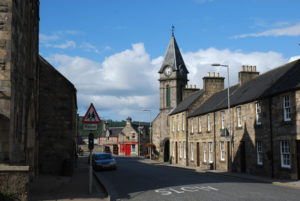
Professor Wilson also helped arrange for Taketsuru to live with a tax inspector for whisky distilleries in then-mecca of whisky, Rothes. This enabled him to get hands-on experience starting from his very first winter in Scotland.
Hi there! I created and run nomunication.jp. I’ve lived in Tokyo since 2008, and I am a certified Shochu Kikisake-shi/Shochu Sommelier (焼酎唎酒師), Cocktail Professor (カクテル検定1級), and I hold Whisky Kentei Levels 3 and JW (ウイスキー検定3級・JW級). I also sit on the Executive Committees for the Tokyo Whisky & Spirits Competition and Japanese Whisky Day. Click here for more details about me and this site. Kampai!

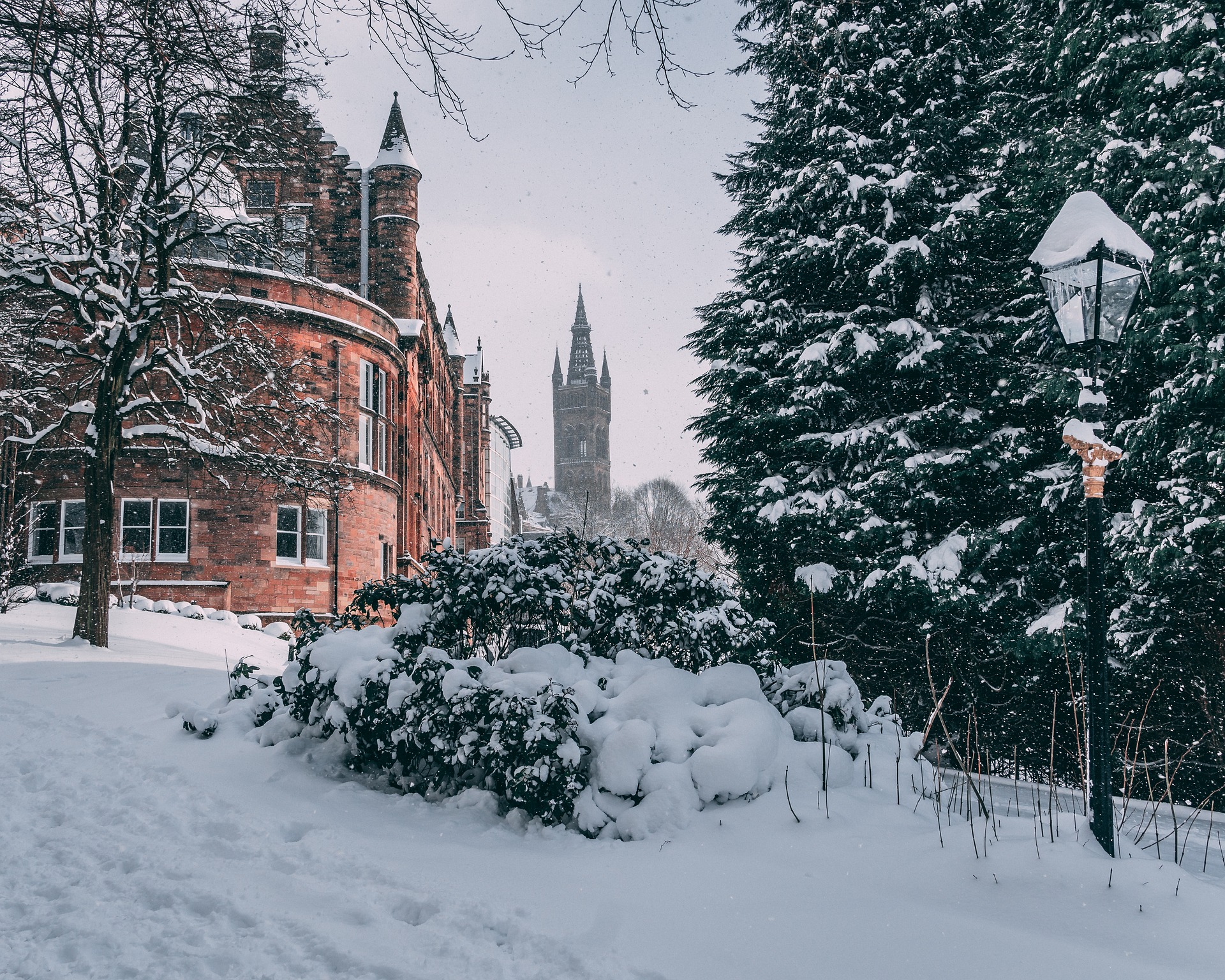
One Comment